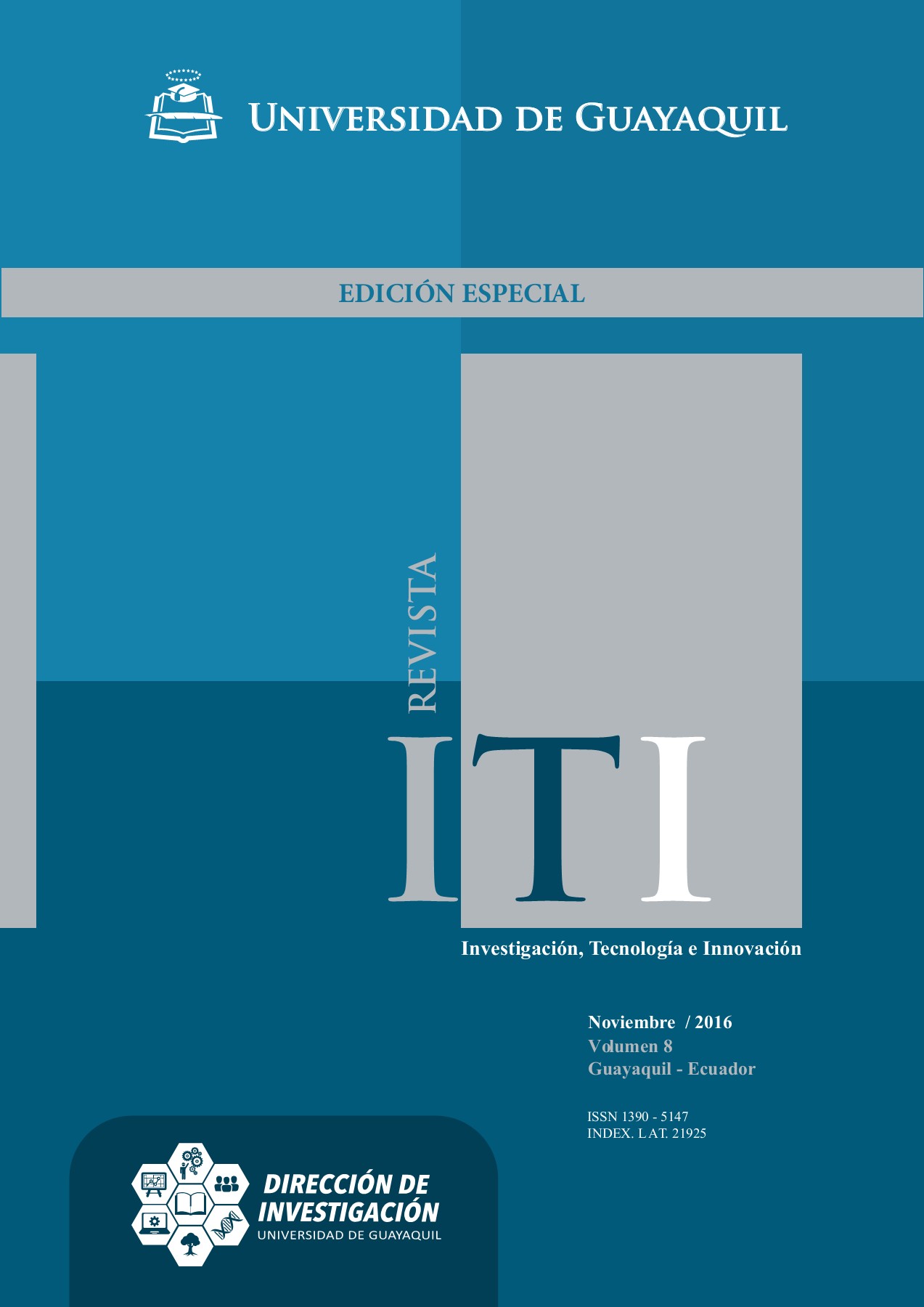Application of the Techniques of study in Higher Education
DOI:
https://doi.org/10.53591/iti.v8iEE.187Keywords:
techniques, creativity, knowledge, goalsAbstract
Educating creativity is to educate for change and train people capable to be: original, flexible, future vision, initiative, confidence, lovers of risks and lend to face obstacles and problems they are presented in their school life and daily, in addition, to offer tools for innovation. Creativity can be developed through the educational process, promoting potential and achieving better utilization of individual and group resources in the process of teaching and learning, and this reaches its maximum range from each of the techniques that teachers be able to apply for the development of the objectives proposed in each class. Toe main objective of this research is to describe some of the techniques of study in higher education, which are still insufficient in their educational practical application for improving the teaching-learning process of the university. Toe basic methods used were, the theoretical level the synthetic analytical and logical and empirical level historical document analysis. Toe main results were described techniques study the field of creative knowledge are developed, enabling the development of knowledge in all areas of human activity and is the product of a particular social historical development, these are applied depending on context, the subject, the objectives, and in turn influence these and each of the social changes that transcends throughout the formation of human beings. It can be concluded that studies have described techniques that provoke creativity in the teaching process of universities.
References
Cliizmar,j.F. y Ostrosky, A.L.: 711e one-minute paper: sorne empirical findings, Journal of economic education, vol. 29, Num. 1, Winter, 1998. Consejo de Educación Superior. Reglamento del Régimen Académico, 2013.
De la Torre, S. y Marín, R. Manual de la creatividad. Aplicaciones educativas. España: Vicens-Vives. 1991.
Diego Correa, Marisol de y Rueda Beltrán, Mario. "La evaluación docente superior: uso de instrumentos de autoevaluación, planeación y evaluación por pares". Voces y Silencios: Revista Latinoamericana de Educación, Vol. 3, No.2, 59-76. 2012. ISSN: 2215-8421
Ministerios Europeos de Enseñanza. Declamci6n de Bolonia, 1999. En: http://eees.umli.es/
Rodríguez Torres, Freddy. El nuevo rol del docente universitario en una época de cambio. En: http://www.ucee.du.ec/dornments/24552/2847020/ LA%20FOR MAC1%C3%93N%20EN%20UN%20CAMBI0%20DE%20%C3%89POCA% 2010%20diciembre.pdf
UNESCO. Conferencia mundial sobre la educación superior. La educación superior en el XX I: visión y acción. Bruselas: VE.
Vive/ Búa, M., Fernández-López, S., Lado-Sestayo, R, Otero-González, L. ¿Cómo Mejorar la Asimilación de los Contenidos Teóricos por parte del Alumnado Universitario? una Aplicación del One Minute Paper en Contabilidad. REl CE. Revista Iberoamericana sobre Calidad, Eficacia y Cambio en Educación, 13(2), 67-84. 2015. En: http://www.rinace.netr/eice/numeros/arts/vo/J3num2/art4.litm
Downloads
Published
Issue
Section
License
Copyright (c) 2016 Marivel Jurado Ronquillo, Raúl López Férnandez, Belkys Quintana Suárez, Carlota Bayas Jaramillo, Diana Palmero Urquizas

This work is licensed under a Creative Commons Attribution-NonCommercial-NoDerivatives 4.0 International License.






